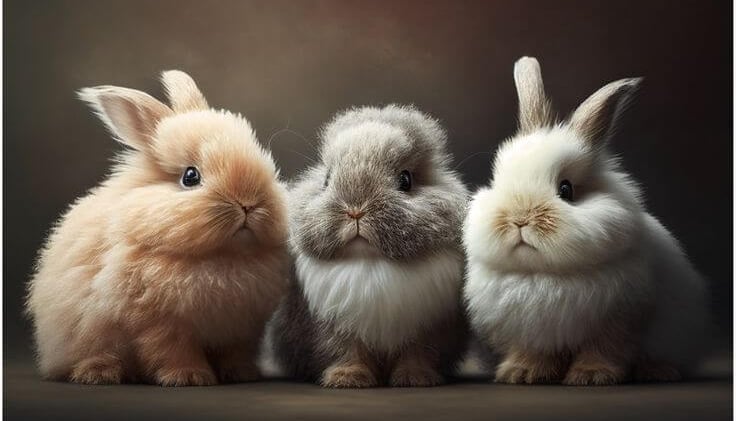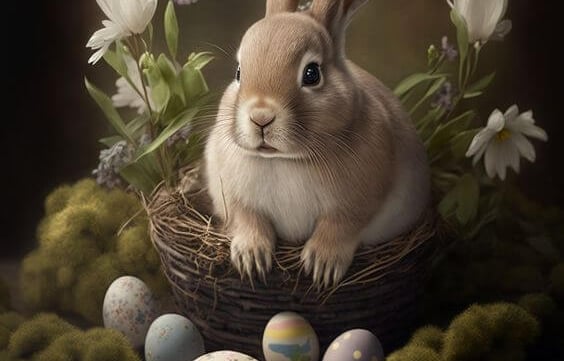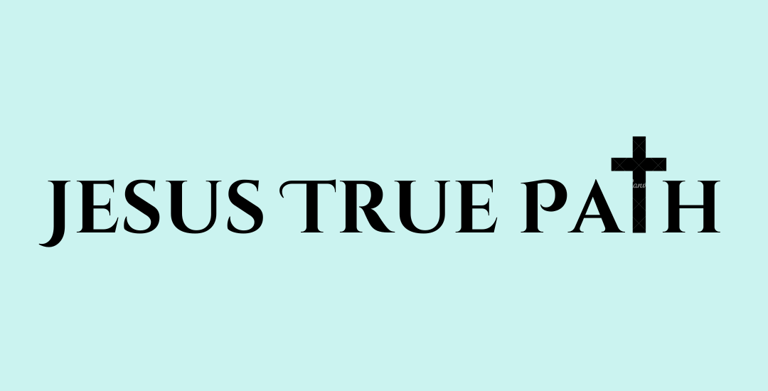Easter Symbols: Eggs, Bunnies, and Their Deep Meaning
What do Easter eggs and bunnies really symbolize? Dive into the history and meaning behind these beloved traditions and discover their connection to the Easter story.


Introduction: More Than Just a Cute Tradition
Okay, so we all know Easter is about eggs and bunnies, right? But have you ever stopped to wonder why? Like, where did these symbols come from, and what do they really mean? It turns out, there's a whole lot more to these Easter traditions than meets the eye. Let's dig in and explore the deeper meaning behind these iconic symbols.
The Egg: A Symbol of New Life
Let's start with the egg. It's pretty obvious, right? Eggs symbolize new life, rebirth, and potential. Just like a chick hatches from an egg, Easter celebrates the new life we have through Jesus' resurrection. But did you know that the egg also has roots in ancient pagan traditions? It was a symbol of spring, fertility, and the renewal of nature. Over time, Christians adopted this symbol and gave it a new meaning, connecting it to the resurrection of Christ.
The Bunny: A Symbol of Fertility and Abundance
Now, what about the bunny? Well, rabbits are known for their, ahem, prolific breeding habits. So, it's no surprise that they've long been associated with fertility and abundance. Again, this symbol has roots in pagan spring festivals. But for Christians, the bunny can also represent the new life and abundance we have through Christ.


Source: Google Image
The Cross: The Ultimate Symbol of Sacrifice
Of course, we can't talk about Easter symbols without mentioning the cross. It's the ultimate symbol of Jesus' sacrifice and love for us. As Galatians 6:14 says, "But God forbid that I should glory, save in the cross of our Lord Jesus Christ, by whom the world is crucified unto me, and I unto the world." The cross reminds us of the price Jesus paid for our sins and the new life we have through him.
The Lamb: A Symbol of Innocence and Sacrifice
Another important symbol is the lamb. In the Old Testament, lambs were sacrificed as atonement for sins. And in the New Testament, Jesus is referred to as the Lamb of God, who takes away the sin of the world. As John 1:29 says, "The next day John seeth Jesus coming unto him, and saith, Behold the Lamb of God, which taketh away the sin of the world." The lamb reminds us of Jesus' innocence and his sacrificial love for us.
The Lily: A Symbol of Purity and Hope
Then there's the lily, a beautiful flower that blooms in the spring. It's a symbol of purity, hope, and new life. Just like the lily rises from the ground, Jesus rose from the dead, giving us hope for eternal life.
Conclusion: More Than Just Symbols
Easter symbols are more than just cute traditions. They're powerful reminders of the hope, love, and new life we have through Jesus Christ. So, this Easter, take a moment to reflect on the deeper meaning behind these symbols and celebrate the true reason for the season.
Frequently asked questions
What do Easter eggs symbolize?
Easter eggs symbolize new life, rebirth, and the potential for new beginnings, connecting to Jesus' resurrection.
Why is the Easter bunny associated with Easter?
The Easter bunny, known for its rapid reproduction, symbolizes fertility and abundance, and for Christians, it can also represent the new life found in Christ.
Why is the lamb a symbol of Easter?
The lamb represents Jesus, the Lamb of God, symbolizing his innocence and sacrificial love, much like the lambs sacrificed in the Old Testament.
What is the significance of the cross during Easter?
The cross is the ultimate symbol of Jesus' sacrifice and love, reminding Christians of the price he paid for their sins.
What does the Easter lily represent?
The Easter lily symbolizes purity, hope, and new life, connecting to the resurrection and the promise of eternal life.
Are Easter symbols only a modern tradition?
No, many Easter symbols have roots in ancient pagan traditions related to spring and fertility. Christians adopted and reinterpreted these symbols, connecting them to the message of the resurrection.
